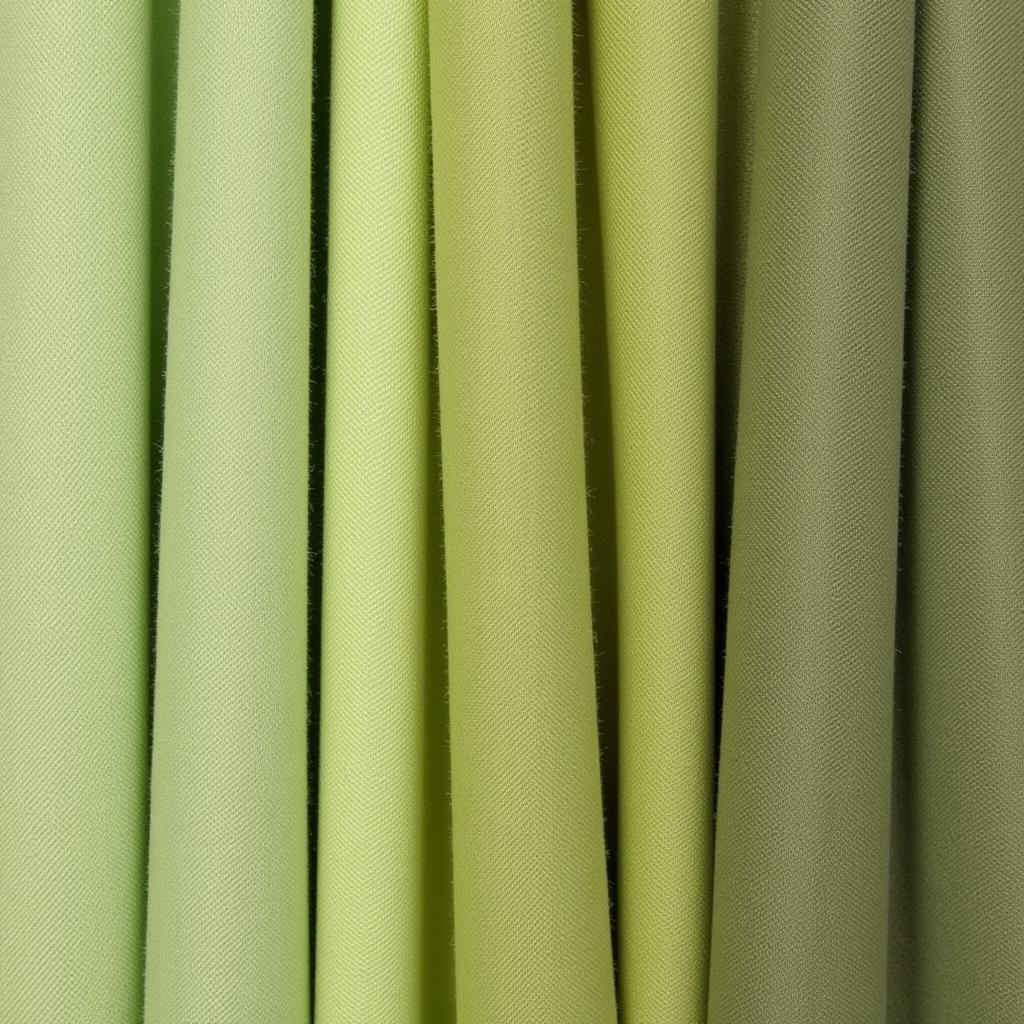Olive green, a muted, earthy tone, evokes feelings of peace and tranquility, making it a popular choice for interiors and fashion. But achieving the perfect olive green isn’t always straightforward. This guide delves into the art of mixing colors to create various shades of olive green, offering expert tips and techniques to help you master this versatile color. Want to know more about OD green? Check out what is od green color.
Understanding the Basics of Olive Green
Olive green sits between green and brown on the color wheel. It’s a complex color, often described as grayish-green, brownish-green, or yellowish-green, depending on its undertones. The key to creating the perfect olive green lies in understanding these undertones and the proportions of colors used in the mixing process.
Mixing Olive Green: A Step-by-Step Guide
Creating olive green involves combining primary and secondary colors. Here’s a standard approach using acrylics, but the principles apply to other mediums as well.
- Start with a base of green: Use a pre-mixed green or create your own by mixing blue and yellow. The type of green you start with influences the final olive tone. For a warmer olive, use a yellow-green; for a cooler olive, begin with a blue-green.
- Add a touch of brown: Gradually introduce small amounts of brown to the green. Brown itself is a mixture of red, yellow, and blue. Use a pre-mixed brown or create one by combining these primary colors.
- Adjust the tone: Fine-tune the olive green by adding small amounts of yellow, blue, or red to achieve the desired shade. Yellow warms the olive, blue cools it, and red adds a brownish undertone.
- Test and refine: Before applying the olive green, test it on a small area to ensure it matches your vision. Make any necessary adjustments by adding more green, brown, or other colors.
Exploring Different Shades of Olive Green
Olive green encompasses a wide spectrum of shades. Here’s how to achieve some popular variations:
Creating a Dark Olive Green
For a deeper, richer olive, start with a darker green base. Add brown gradually, and incorporate a touch of black or dark blue to intensify the shade.
Achieving a Light Olive Green
To create a paler olive green, use a lighter green base and add smaller amounts of brown. White can also be used to lighten the overall tone, but use it sparingly to avoid a washed-out appearance.
Mixing a Grayish Olive Green
Introduce a small amount of gray to the olive green mixture to create a more muted, desaturated tone. This can be achieved by adding a touch of black and white to the olive green.
Tips for Achieving the Perfect Olive Green
- Work with small amounts of color at a time, gradually building up the desired shade.
- Keep a record of the color proportions used to replicate the color later.
- The type of paint or medium affects the final color. Test on a small scale before applying it to a larger area.
What color dress should the mother of the bride wear? Find out here.
Common Questions about Making Olive Green
What colors make olive green paint?
Olive green paint is typically made by mixing green and brown, with subtle adjustments using yellow, blue, or red.
Can I make olive green with food coloring?
Yes, you can achieve an olive green color with food coloring by mixing green and brown food coloring.
How do you make olive green without green?
You can create olive green without starting with green by mixing yellow, blue, red, and a touch of black. The yellow and blue will create green, while the red and black will contribute to the brown tones.
 Various Shades of Olive Green on Fabric
Various Shades of Olive Green on Fabric
Expert Insights from Amelia Hues, Color Specialist
“Olive green is a wonderfully versatile color,” says Amelia Hues, a renowned color specialist. “Its connection to nature makes it a calming and grounding presence in any space.”
“Understanding the underlying tones of olive green is crucial for achieving the perfect shade,” adds Amelia. “Experimentation is key. Don’t be afraid to play with different color combinations to find the perfect olive green for your project.”
Conclusion
Mastering How To Make Color Olive Green opens up a world of creative possibilities. Whether you’re painting a wall, designing a piece of clothing, or creating a piece of art, olive green offers a sophisticated and timeless appeal. By understanding the color principles and following the steps outlined in this guide, you can confidently mix and create the perfect olive green for any project.
FAQ
- What are the primary colors used to make olive green? Green (blue + yellow) and brown (red + yellow + blue).
- Can I use watercolor to create olive green? Yes, the same mixing principles apply to watercolors.
- What’s the difference between olive green and army green? Army green typically has more blue and gray undertones, while olive green has more yellow and brown.
- What complements olive green? Colors like warm browns, rust orange, and gold often complement olive green well.
- What is the hex code for olive green? There are several hex codes depending on the specific shade, but #808000 is a common one.
- Can I mix olive green with colored pencils or crayons? Yes, layering and blending different shades of green, brown, and yellow can create an olive green effect.
- What are some popular brands of olive green paint? Many paint brands offer pre-mixed olive green shades.
You might also be interested in learning about gamboge: what color is gamboge. Or, if you’re interested in makeup, explore what color eyeshadow for green eyes.
Looking for more information on mixing olive green? Visit how to make olive green color.
Need help with your color project? Contact us at Phone: 0373298888, Email: [email protected] or visit us at 86 Cau Giay, Hanoi. We have a 24/7 customer service team ready to assist you.

